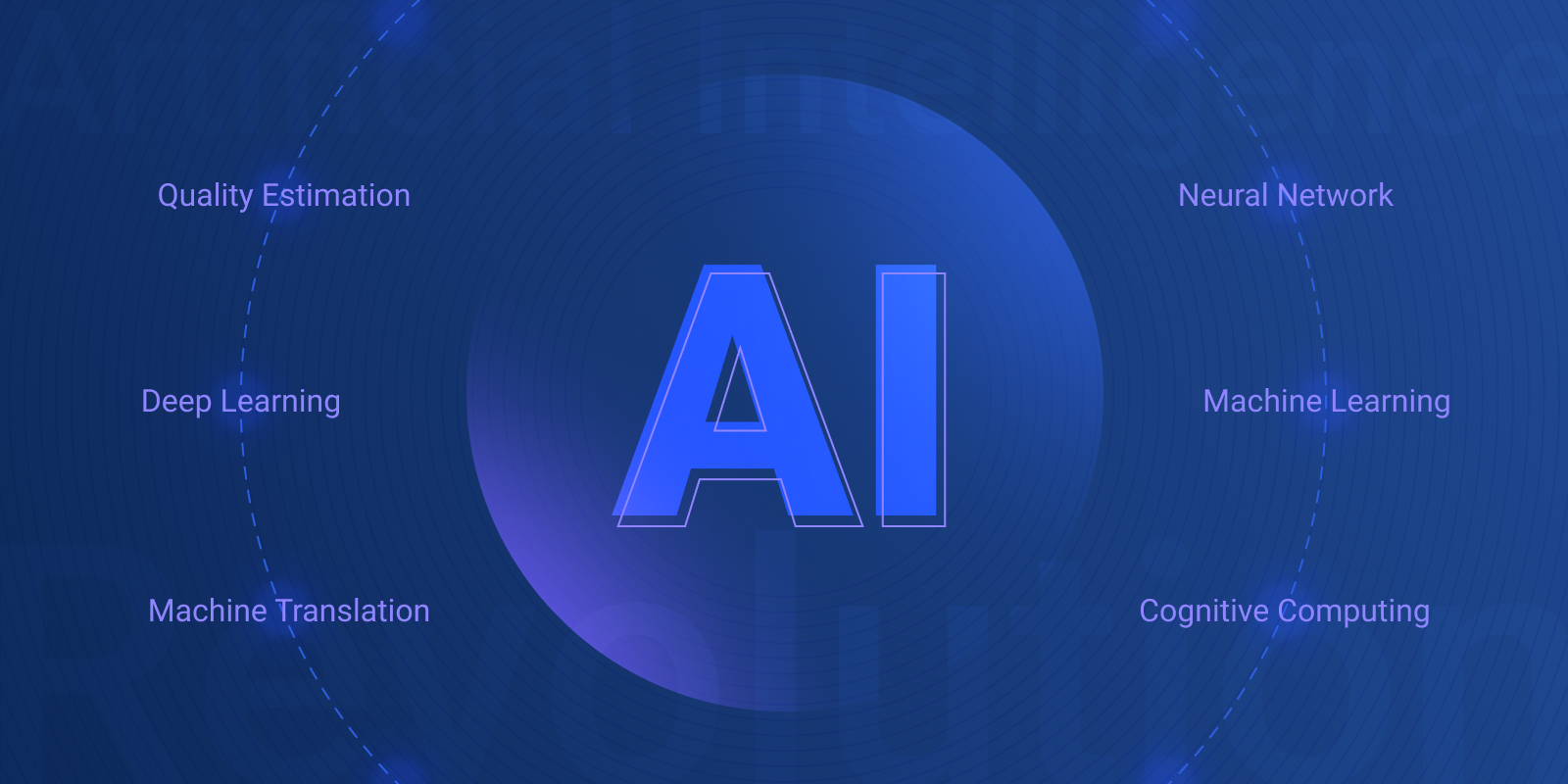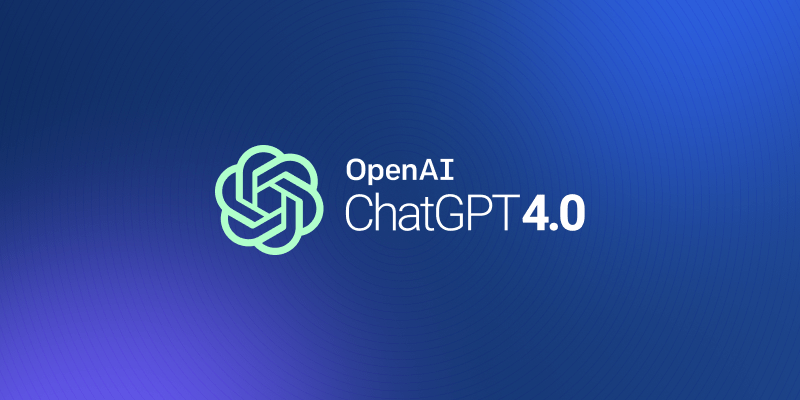Redefining Translation in the Tech-Hub of the World
After an open debate about the alliance between human and machine in localization in Silicon Valley, very interesting findings surfaced. Is MT a true disruptor in the history of translation? How do continuous content flows affect the user experience? This article brings you the perspectives presented by some of the brightest minds of the translation industry.
Advancing through the human history and into the future, Silicon Valley continues to be the place to gain and share knowledge, empowering people to learn from others and better understand the world. What better place to continue the conversation of how to fix the translation ecosystem, and redefine translation as global content delivery than Silicon Valley.
On March 29, we gathered at the Quadrus Conference Center in Menlo Park for the TAUS Global Content Summit Silicon Valley.
With more companies going global, the desire to go faster and cheaper with high quality content has been the driving force of machine-fueled innovation in the language industry. Therefore, machine translation (MT) is the big elephant in the room. Jaap van der Meer, Director of TAUS, kick-started the conversation by stating that platforms are shaking up the language services industry, which has been running on translation memory technology for decades. Now machine translation has reached a point where it is surpassing translation memory in quality. For the operation side, to catch up with the innovation happening in our industry we need different ways of measuring our business.
Is MT a true disruptor of our time in the history of translation, and if so, how will it affect our workflows going forward? How is it being utilized currently at some of the biggest and the most innovative companies in the world? The summit searched for answers to these questions and many more by bringing together the collective force of the brilliant minds of the industry.
The Platform Owners’ Take on Content Delivery
How do platforms differ from each other and what kind of content and customers does each serve? We were joined by representatives from four platforms: Lilt, Smartling, Transifex, and Unbabel, all striving to bring a simpler, more efficient localization experience to their clients but varying in the way that they are designed to fit certain types of content and customers.
Unbabel focuses on the customer service side of the business, mainly handling support content for its clients including emails, chats, and FAQ pages. Unbabel’s VP of Strategic Accounts Richard Kalnins stated that Unbabel was able to find a niche within the localization industry, as customer support is often neglected and costly due to volume, but crucial in providing the best multilingual content and user experience for the end-users. Transifex started its journey with the aim of building a product with a simple user interface. Now it focuses on efficient workflows that allow companies to move fast and grow way faster into markets through a continuous and agile process. Dimitris Glezos, CEO of Transifex, stressed that content changes happen daily for many clients, and speed is crucial. As Transifex only provides a platform, not a service, it is vendor-friendly and offers more flexibility to its clients. Jack Welde, CEO of Smartling, added that of the "people-process-technology triangle" approach, the technology side is the easier part. It is the people and process sides that present more challenges. In order to deliver high-quality content quickly, it is important for clients to have a highly centralized platform with translation memory management, reporting, and analytics instead of having multiple vendors for different sets of languages. On the other hand, Lilt's focuses on providing a platform that learns continuously. Spence Green, CEO of Lilt, compared the current state of artificial intelligence to a two-year old child that learns only once a quarter instead of being updated and learning on a daily basis. Spence added that if we really want to bring value to our processes, we have to optimize across the entire supply chain through technology. Shedding light onto several questions, the conversation was concluded with a broader question: when will we all be okay with accepting machine translation and comfortable with its potential shortcomings? When will it ever be good enough?
The Buyers' Chat on Globalized Content
Anna Schlegel from NetApp started off this session by describing the globalization strategy operations at NetApp and how to best work with internal stakeholders to achieve the most optimal multilingual user experience. She stressed that having champions in other departments and connections to C-level executives is a powerful tool to truly instill the globalization mindset into the entire organization. Globalization cannot be hidden under the umbrella of translation, it needs to be recognized as service on its own. Anna exemplified their internal process by stating that NetApp organizes globalization maturity model meetings with other internal departments that collaborate heavily on localized content, such as legal, marketing, operations, and product. Globalization does not (and should not) stop at just translating content; businesses should be able to provide localized support and experience to its global user base. She added that a common issue is also having too much content available that is not organized or streamlined for the best user experience. For example, an organization with too many websites available with excessive content will disengage the users from actually utilizing them.
Our buyer panelists were Lyft's Brian McConnell, Eventbrite's Patrick McLoughlin, and Quora's Lupe Gervas, who all shared their thoughts on the matter of global content and the role of the machine in this. The general agreement seemed to be that while artificial intelligence might become much better than humans in identifying and targeting specific users, it will struggle with providing content with the added cultural nuances that are required for a good user experience. For example, the way in which humans change the way they address another individual based on title, rank, social hierarchy and the appropriate wording that should be used, is something machines will have a harder time grasping. And this kind of mishap is ultimately what could make or break a user experience. Lupe Gervas added that with more creative content pouring in every day and more companies jumping into the streaming business, it means we will need subtitling and voiceover talent more than ever; humans are not going anywhere and the world still needs the human touch.
Our Very Own Tools
Next, Christian Gaardmark, Product Manager of Content Platform at Facebook, joined Jaap on the stage for a conversation in which he shared his team’s work on building internal, proprietary platforms for the globalization of Facebook’s content. His small team of seven engineers is all about supporting a group of 5,000 internal stakeholders and enabling them to create and manage content on various content streams that Facebook has, including sales, marketing, emails and support campaigns. He shared Anna’s thoughts on having too much content and how that is not always best for the users. If people are trying to find answers and do not know where to navigate to, it is just as frustrating, if not more, than not having the content at all. He stated that what differentiates his work in the context of globalization is the fact that due to the heavy volume of content Facebook users produce on a daily basis, building a platform with this sheer scale of content management is the core focus. With Facebook's mission being to connect people; it is seen as a growth platform. Christian’s team strives to figure out what it can do to make sure that the content is offered in the most appropriate way that resonates with its target audience.
Machine Translation Use Cases
To discuss how machine translation is being used in our industry today and share their findings, we were joined by Janice Campbell of Adobe, Jose Sanchez of eBay, Mike Dillinger of LinkedIn, and JP Barraza of Systran. This highly informative session was filled with insights on:
- Processes: Of vendor human translation, in-house language specialists, post-editing and review, and building and refining customized engines, which yields the best quality translation?
- Metrics: What should we measure to ensure that MT is applied successfully to engage users? Some examples shared were clicks on the Translate button, time spent per visit, average page views per visit, user surveys and feedback, and error types.
- Types: What type of content is MT most suitable for and what kind of impact does each content have? Our panelists discussed the difference between how MT is applied to authored and curated content (e.g. marketing) versus user-generated content.
In conclusion, machine translation has its place but is not the most suitable option for some types of content such as creative content, at least not yet. On the other hand, most types of content that need to be localized do not need to be perfect. The majority of users are not expert linguists who are going to pick on tiny mistakes in the translation. So even though it is not perfect, it still is more beneficial for user engagement with the product if the content is offered in their own languages.
_small.jpg)
Helen Jung is a localization project coordinator at MediaLocate and a graduate student at the Middlebury Institute of International Studies at Monterey. She is passionate about delivering the best possible localized user experience to a global audience and hopes to contribute her skills and knowledge to bridge linguistic and cultural gaps between different parts of the world. Born in South Korea and raised in California, Helen likes to paint for fun and has a lifetime goal of becoming fluent in at least five languages.



